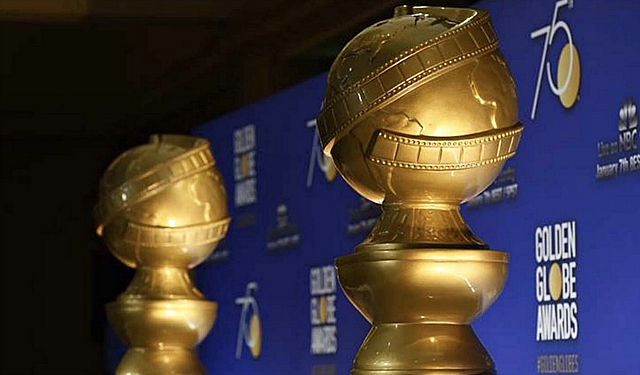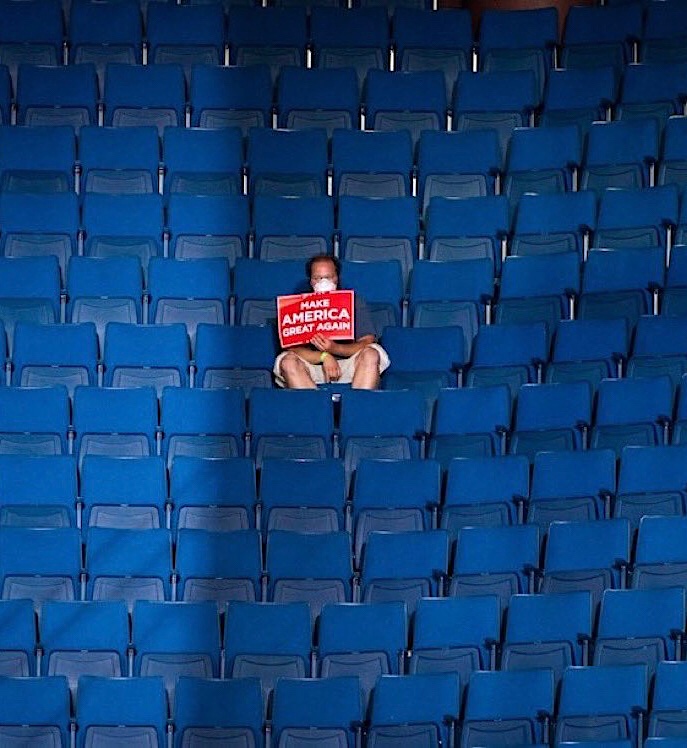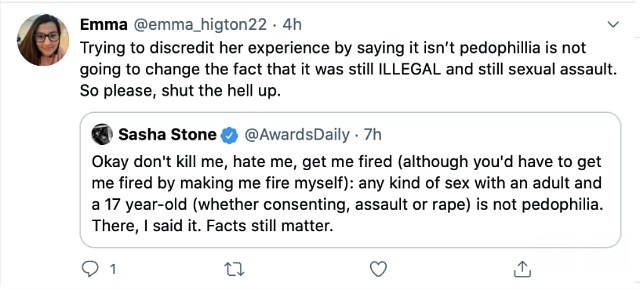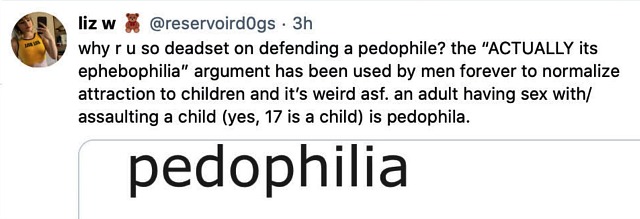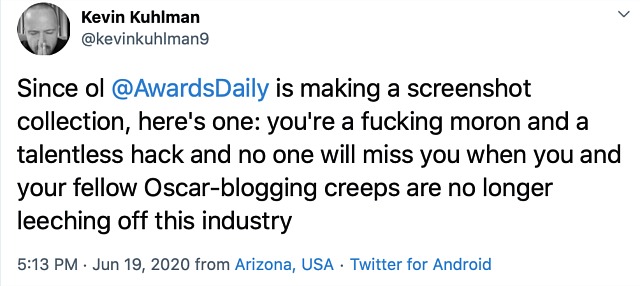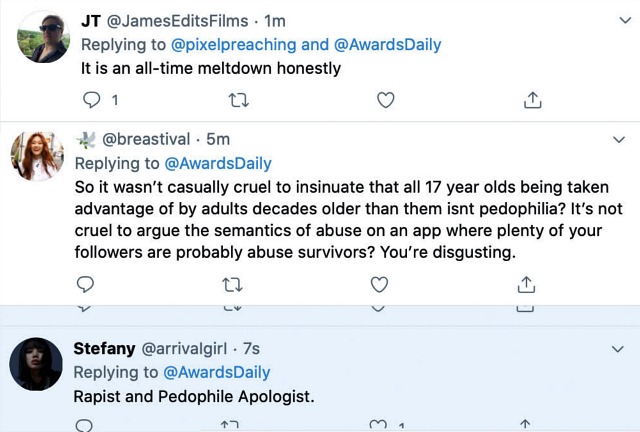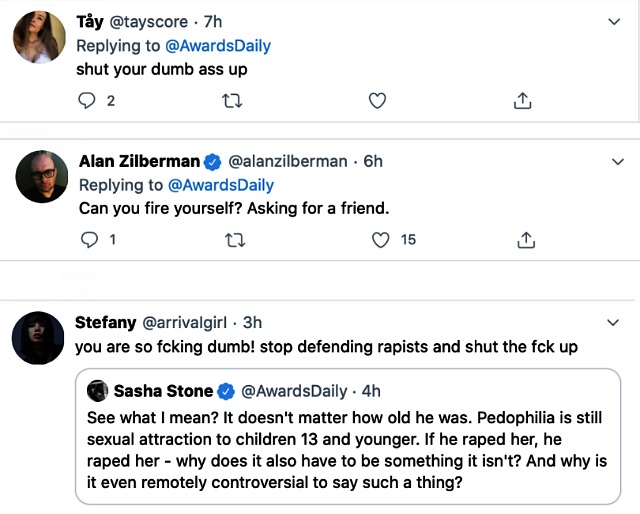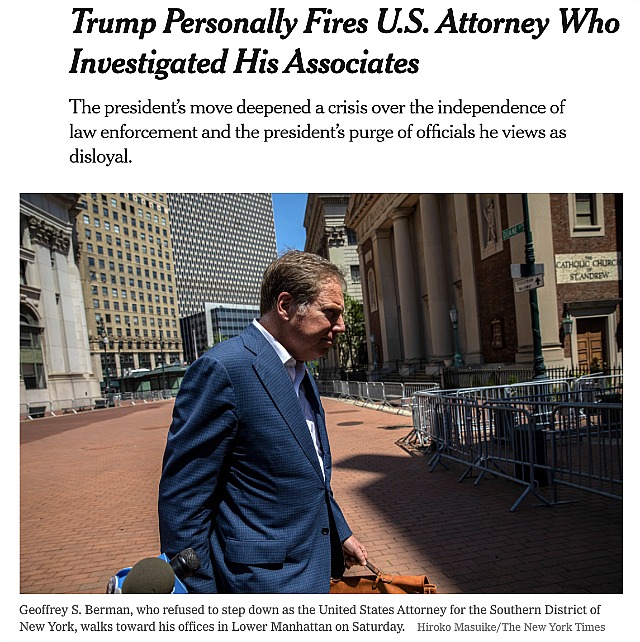Sasha Stone, Jordan Ruimy and David Poland were roughed up on Twitter yesterday, but Sasha got the worst of it. And for no rational reason. Let’s backtrack and review what actually happened.
According to an account posted yesterday morning by a 23 year-old New York woman named “Gabby”, she had sex six years ago with West Side Story star Ansel Elgort. It happened sometime during the month of December 2014, just after her 17th birthday. As the liason apparently happened in New York State, where the age of consent is 17, there was nothing illegal about it.
There was, however, something distinctly unpleasant and painful about it, according to “Gabby”. It was, she says, her first time. And six years after the fact, she’s incensed that Elgort wasn’t gentler with her, and that he failed to stop despite her anguish.
Her account, to be clear, doesn’t say that she pleaded with him to stop — it notes that he failed to note her physical discomfort and stop of his own accord. Awkward and unfortunate as the encounter may well have been, it seems to resemble the Aziz Ansari sexual misconduct episode — bad or insensitive sex followed by anger and resentment on the woman’s part.
An immediate reaction among some Twitter fanatics yesterday was that Elgort had shown himself to be a pedophile, which of course he hadn’t as the encounter (New York State law is very clear about this) was legal, not to mention the fact that he and “Gabby” were separated in age by only three and a half years.
Others amended this accusation and called Elgort an “ephebophile” — i.e., guilty of ephebophilia, which is defined as an adult (which Elgort technically wasn’t at the time, being 20 years old) who has a sexual interest “in mid-to-late adolescents, generally ages 15 to 19.”
Okay but as I pointed out, the 20 year-old Paul McCartney did the same thing 57 years ago when he become romantically involved with the 17-year-old Celia Mortimer. At the time the age of consent in England was also 17.
Cancel McCartney!
Yesterday morning Awards Daily‘s Sasha Stone tweeted that the Elgort-Gabby thing was not a case of pedophilia. (She didn’t mention ephebophilia.) Stone was and is 100% correct, but for the unforgivable crime of passing along an incontestable fact, she was savagely attacked all day long by a gathering of ignorant excitables (which, if you wanted to be mean about it, could also described as a pack of rabid, snarling, salivating Twitter dogs).
David Poland and World of Reel‘s Jordan Ruimy, both of whom had questioned the hysteria triggered by “Gabby’s” statement, were also kicked, beaten and spat upon by wokester Twitterati.
Here’s a sampling of some of the Sasha-hating tweets that were posted yesterday:

Here’s Sasha’s own account of what happened — the piece is titled “Mass Hysteria, Twitter and the Fate of West Side Story.”


